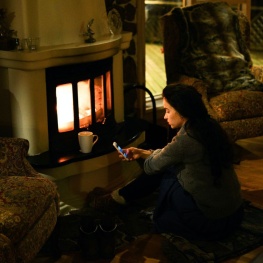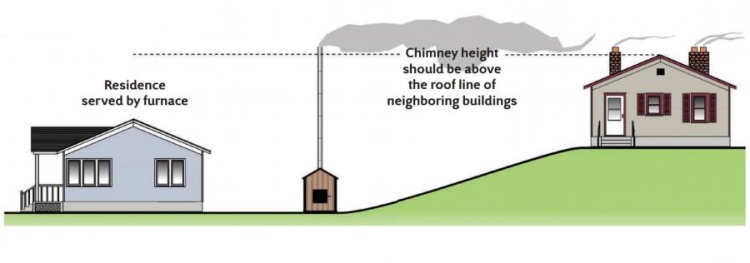Wood Smoke Pollution

Wood heating appliances (wood stoves, boilers or furnaces) can create thick smoke for hours at a time. Whether you can see it or not, smoke contains:
- Fine Particles
- Carbon Monoxide
- Ozone
- Nitrous Oxides
- Sulfur Dioxide
- Polycyclic Aromatic Hydrocarbons
Local ordinances may control the use of wood heating appliances.
Health Risks from Wood Smoke
Breathing wood smoke can affect your health. The more smoke you breathe, and the longer you breathe it, the higher your chance of having effects.
These people are at higher risk:
- Children
- The elderly
- People with asthma and other respiratory illness
- People with heart disease
Fine particles in wood smoke can create breathing or cardiovascular problems, or make them worse.
Toxic gases and fine particles in wood smoke are so small that they can get into homes, even if the windows and doors are closed.
Wood smoke can affect your neighbor’s health. If your wood burner has a short stack, or it is close to your home, it is more likely to create problems.
Reducing Wood Smoke Pollution
If you have a wood heating appliance, like a wood stove or fireplace insert:
- Only use if it is EPA approved.
- Only burn dry wood. Never burn treated lumber, trash or recyclables.
- Preheat your firebox with a small hot kindling fire before loading with wood.
- Open the damper before opening the stove to reduce smoke in your home.
- Extend your chimney or stack above the roofline of your house and your neighbor's house.
- Watch the wind and weather - burn when smoke is carried away from buildings by the wind.
- If you or your neighbors still experience smoke odors, switch to a natural gas burner.



